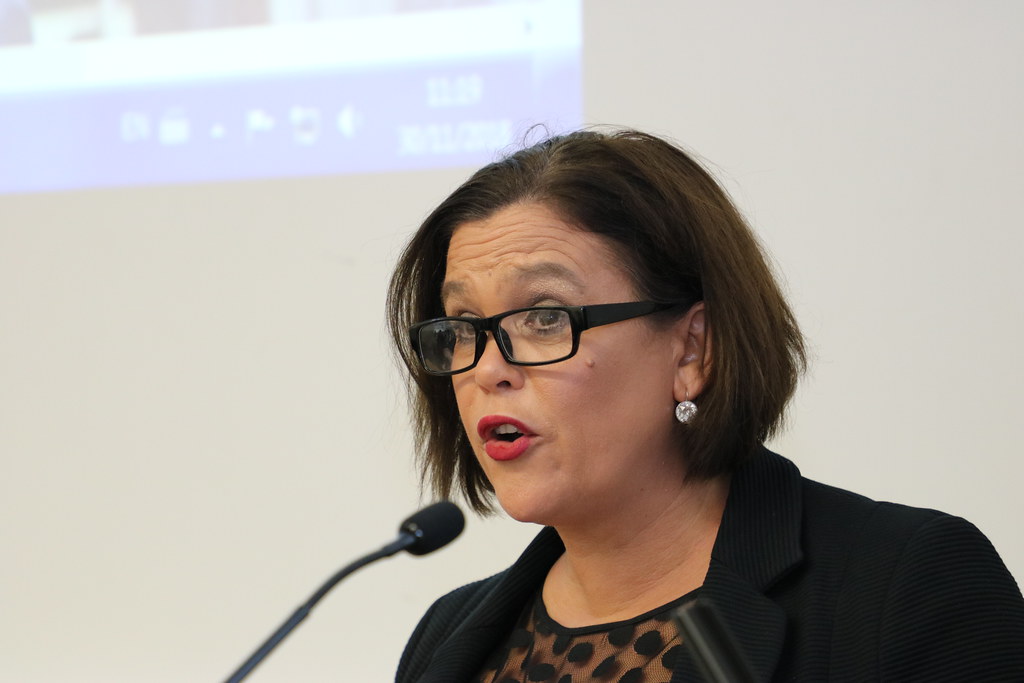With the general election fast approaching, a dramatic shift has emerged in the Irish electorate. For the first time in history, Sinn Féin has leapfrogged Fine Gael to command second place in the latest RedC poll. This general election could be “most important election in a generation”, Mary Lou McDonald said yesterday evening, and if poll results come to reflect actual votes, she would be correct. Sinn Féin’s surge in popularity presents a major opportunity to break the cycle of Fianna Fáil and Fine Gael rule and build momentum for a significant shift to the left.
A left-wing minority coalition is far from guaranteed this election. If Fianna Fáil emerge the largest party, a confidence and supply agreement or coalition with Fine Gael is certainly possible – at the first leader’s debate, Varadkar begrudgingly admitted that his party may prop up a Fianna Fáil minority government. However, Sinn Fein’s historic popularity has allowed the Irish electorate to seriously consider an alternative to the effective two-party system for the first time. If given the opportunity, the considerably smaller parties of Green Party, Labour, Solidarity-PBP and Social Democrats should align themselves with Sinn Féin. As the housing crisis grows worse and our healthcare system continues to degrade, Ireland’s left and left-of-centre parties must put aside their differences and consider forming a grand coalition.
A multi-party minority coalition would be unusual, yes, but not unheard of – Ireland’s very first coalition government, after all, was made up of no less than six diverse parties. It’s also important to note that this is far from an ordinary election. Brexit is at the forefront of foreign policy concerns, bringing with it its own unique complications for all parties, Sinn Féin in particular. The housing crisis has hit a tipping point, prominent healthcare scandals dominate the news cycle, and climate action is more relevant now than ever. These issues are driving many voters further to the left, and the parties representing this shift must consider collaborating to give voters a real alternative.
It is, of course, important to note that a Sinn Féin-led coalition is far from the ideal scenario. Sinn Féin has a troubled legacy and an inconsistent record to say the least, and this is far from an impassioned endorsement of them or any other individual party. Ideally, Ireland’s political makeup would not be in a state where such a proposition was necessary, but in order to go forward with any meaningful change, to proceed with a government more effective than the current two-party dyad, we cannot wait for the “perfect” alternative to appear from thin air.
According to the Irish Times opinion poll conducted last week, three quarters of the country want a change in government, with more than half pledging that the country is “generally going in the wrong direction”, and an additional 37% agreeing that “it is time for a radical change” in the direction of the country. A Sinn Féin minority coalition is unlikely to bring about the radical change needed, but it’s a step towards it. It’s time Ireland had a viable third option, left of the establishment. The answer is neither simple nor convenient, but it lies in minority coalition.






